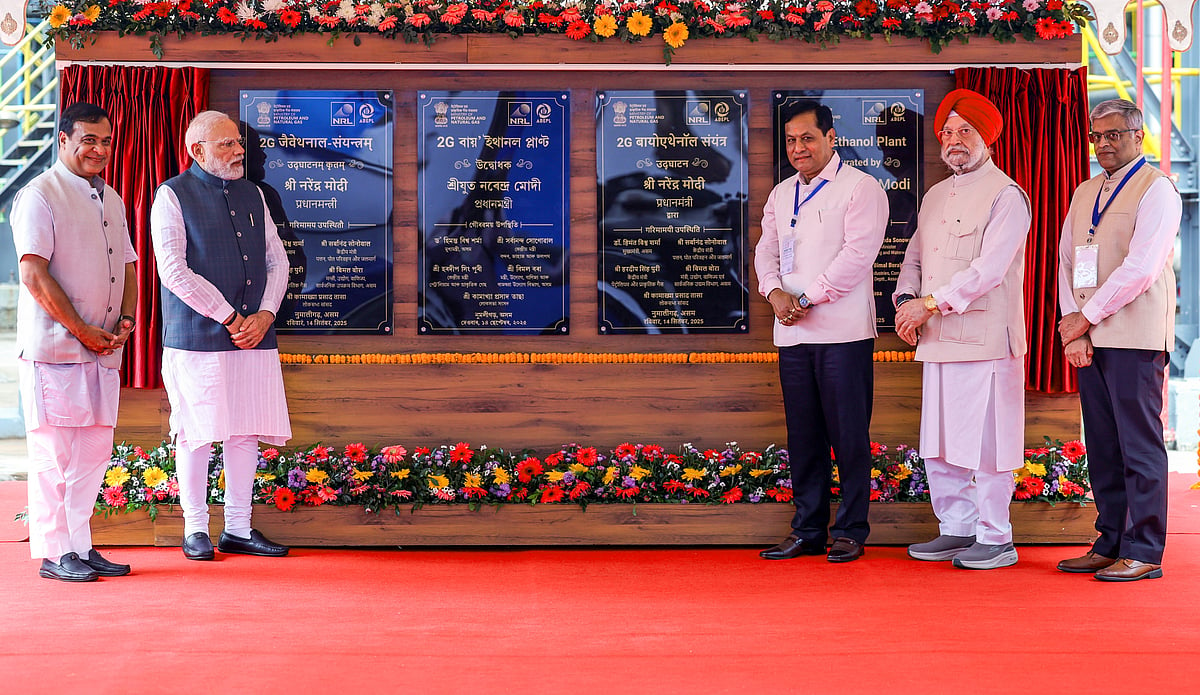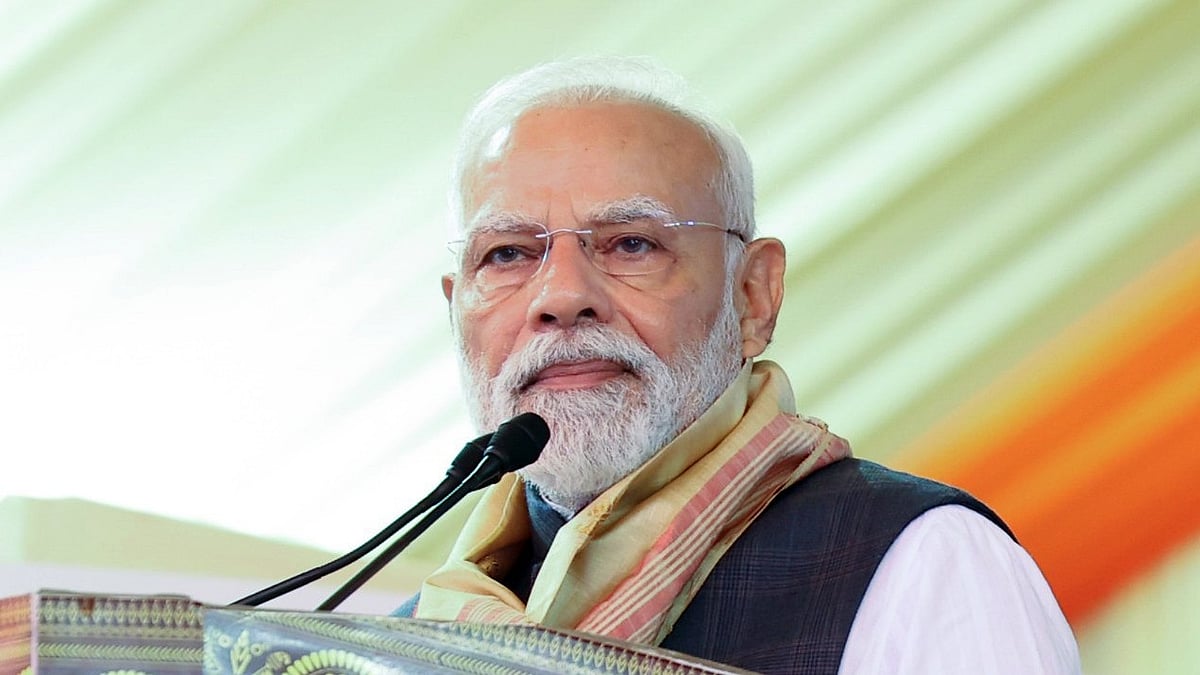Established on January 26, 1950, the Supreme Court of India has undergone a transformative journey from its initial location in the Parliament House to its current prominent position on Tilak Marg, New Delhi. The inauguration ceremony on January 28, 1950, held in the Chamber of Princes, not only marked the beginning of the Supreme Court's institutional existence but also set the stage for its pivotal role in India's evolving legal landscape.
In the early years, the Supreme Court functioned from the Parliament House until 1958 when it moved to its purpose-built premises. The architecture of the Supreme Court building is symbolic, with the Central Wing resembling the Center Beam of the Scales of Justice. The addition of the East and West Wings in 1979 expanded the Court's infrastructure, accommodating the increasing complexities of the legal system.
Adapting to evolving legal landscape
The Court, as envisioned in the original Constitution of 1950, comprised a Chief Justice and 7 puisne Judges, leaving room for Parliament to adjust this number. As the workload increased and case arrears accumulated, Parliament increased the number of Judges from 8 in 1950 to 34 in 2019. This adjustment allowed the Court to adapt to the evolving legal landscape, ensuring timely justice delivery.
The inaugural proceedings on January 28, 1950, were both simple and impressive. Chief Justice Harilal J. Kania and Justices Saiyid Fazl Ali, M. Patanjali Sastri, Mehr Chand Mahajan, Bijan Kumar Mukherjea, and S.R. Das took their seats. The Chief Justices of various High Courts, the Attorney General for India, Advocate Generals, Ministers, Ambassadors, and other distinguished guests were in attendance. This marked the beginning of an institution that would become the bedrock of India's judicial system.
Interpreting Constitution and ensuring justice
Over time, the Supreme Court has played a pivotal role in interpreting the Constitution and ensuring justice. Its decisions have not only shaped legal precedents but have also contributed significantly to the socio-legal fabric of the nation. The Court's jurisdiction extends beyond borders, influencing legal developments and serving as a beacon of judicial excellence.
The Constitution safeguards the independence of Supreme Court Judges through well-defined procedures for their removal. A Judge can only be removed by an order of the President passed after an address in each House of Parliament, supported by a majority of the total membership of that House and by a majority of not less than two-thirds of members present and voting. This stringent process underscores the importance of ensuring an impartial and independent judiciary.
Requirements for becoming a Supreme Court Judge
To be appointed as a Judge of the Supreme Court, a person must be a citizen of India and must have been, for at least five years, a Judge of a High Court or of two or more such Courts in succession, or an Advocate of a High Court or of two or more such Courts in succession for at least 10 years. Alternatively, the individual must be, in the opinion of the President, a distinguished jurist. Provisions also exist for the appointment of a Judge of a High Court as an Ad-hoc Judge of the Supreme Court and for retired Judges of the Supreme Court or High Courts to sit and act as Judges of that Court.
The proceedings of the Supreme Court are conducted exclusively in English. The Supreme Court Rules, 1966, and Supreme Court Rules 2013 are framed under Article 145 of the Constitution to regulate the practice and procedure of the Supreme Court. These rules ensure the smooth functioning of the Court and maintain the highest standards of legal practice.
As the highest court in the land, the Supreme Court of India has consistently played a crucial role in upholding the principles of democracy, justice, and the rule of law. Its decisions have had a far-reaching impact, influencing not only legal precedents but also societal norms. The Court's commitment to fairness, impartiality, and constitutional principles continues to be a guiding force in India's judicial system.











